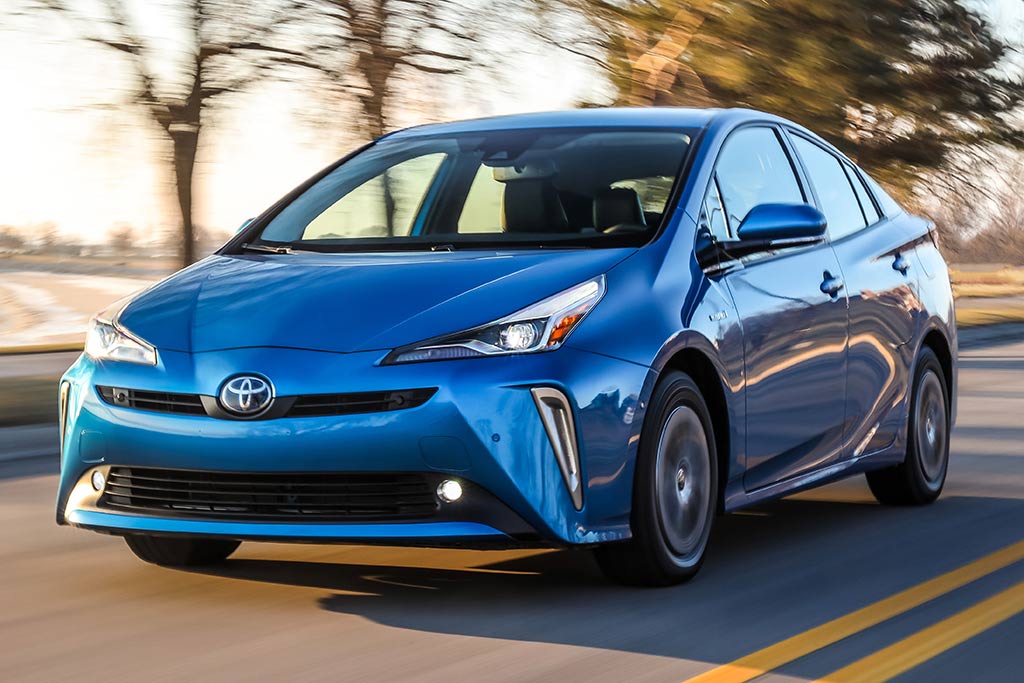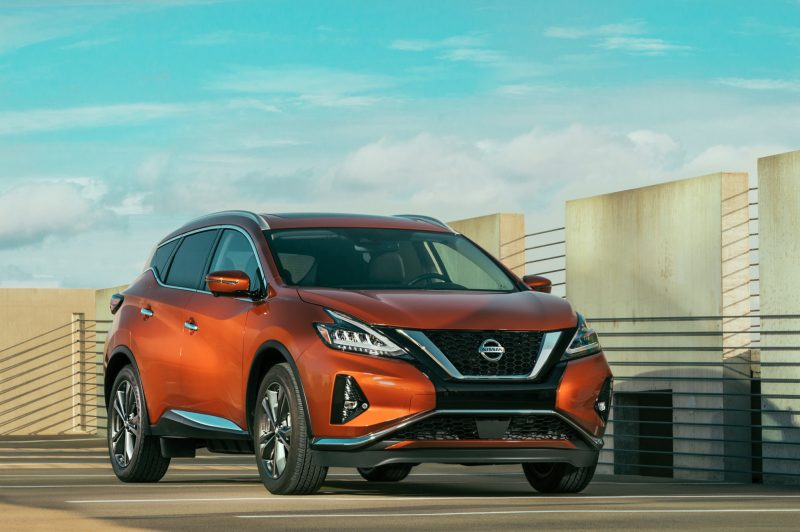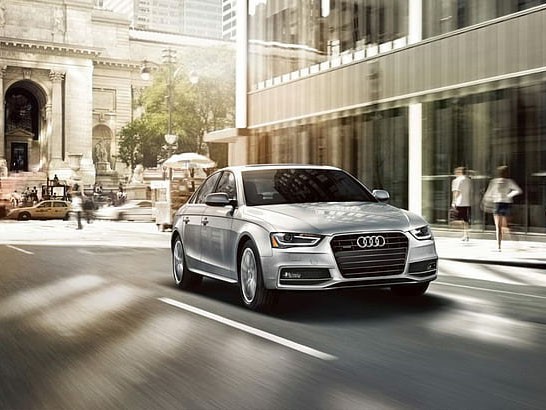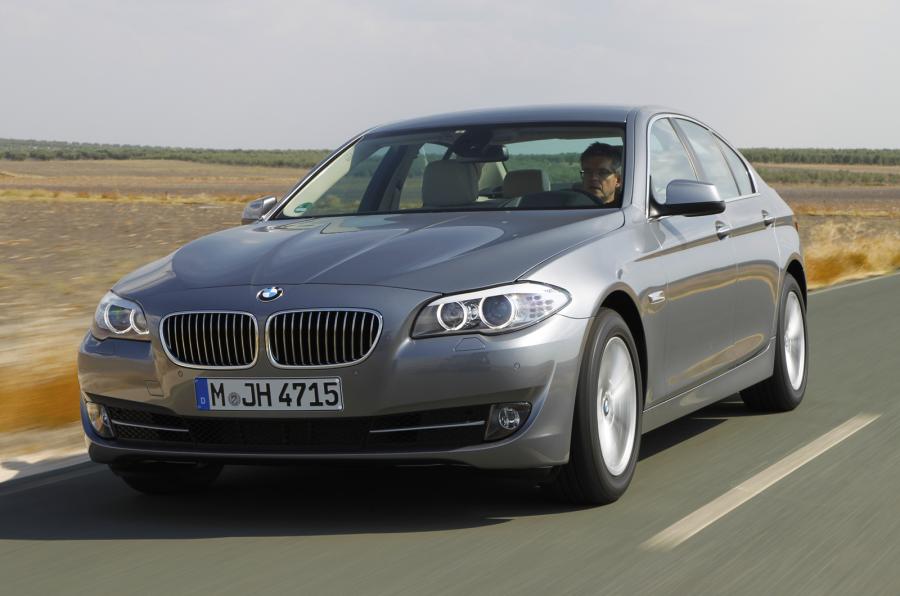Although I do not want to sound gay, but I would not miss an opportunity to mention great abs when I see one. 2020 Toyota Prius is my kind of car, especially with its macho man body made!
Despite arriving late to the plug-in party back in 2013 and overshadowed by more statistically impressive cars, the plug-in Prius hasn’t garnered much attention. That’s likely the reason it hasn’t sold particularly well.
And if you are waiting to be excited by this power machine on paper, you might be disappointed as the real result is the real world, topping it off with eco-friendly options.
The body shape does not really set the car far apart from its conventional hybrid sibling. But you definitely cannot miss a few small tweaks by Toyota, which make you fall in love and glare with passion merely looking at the car from afar. A closer look make some awesome features immediately noticeable: They include custom wheels, faux-metal door handles and matching trim on the front bumper as well as rear hatch. Besides that, there are blue accented headlights and LED taillights while the obvious give-aways include “plug-in hybrid” badging on the front fenders and an extra “petrol” door hiding the electric charge port.
Toyota was lazy with the interior of the Prius PHEV as the same old cabin in the regular Prius was repeated here. Having the gauges located in the centre of the dash isn’t just annoying and out of the driver’s line of sight, it means the view out front is replaced with, wait a minute, more plastic.
The display screens are looking modern and simple, making readability a fun thing, while helping you get the most out of your hybrid.
Comparing the car directly to the standard Prius is next-to-impossible as it comes with a mish-mash of equipment from the Prius Two trim, as well as a few items from the Prius Three and Four trim levels. The list includes a smart key with keyless access and push-button start, a touch-screen display audio with navigating equipment and a rear backup camera as well as Toyota’s EnTune system. The touch tracer redundant steering wheel controls that lightup dated look: Love green and yet, stylish.
The PHEV also comes standard with heated seats, though unfortunately the buttons are located underneath the centre console and almost on the floor, making them nearly impossible to reach, possibly, to discourage you from easily exhausting the charges.
You sure know this darling would not come cheap. But you would agree it is worth it when the technical details are examined and the Prius hits the road.
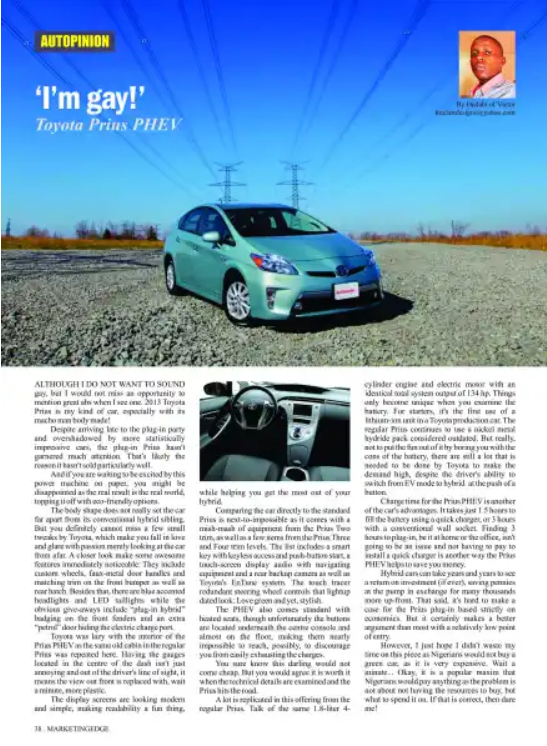
A lot is replicated in this offering from the regular Prius. Talk of the same 1.8-liter 4-cylinder engine and electric motor with an identical total system output of 134 hp. Things only become unique when you examine the battery. For starters, it’s the first use of a lithium-ion unit in a Toyota production car. The regular Prius continues to use a nickel metal hydride pack considered outdated. But really, not to put the fun out of it by boring you with the cons of the battery, there are still a lot that is needed to be done by Toyota to make the demand high, despite the driver’s ability to switch from EV mode to hybrid at the push of a button.
Charge time for the Prius PHEV is another of the car’s advantages. It takes just 1.5 hours to fill the battery using a quick charger, or 3 hours with a conventional wall socket. Finding 3 hours to plug-in, be it at home or the office, isn’t going to be an issue and not having to pay to install a quick charger is another way the Prius PHEV helps to save you money.
Hybrid cars can take years and years to see a return on investment (if ever), saving pennies at the pump in exchange for many thousands more up-front. That said, it’s hard to make a case for the Prius plug-in based strictly on economics. But it certainly makes a better argument than most with a relatively low point of entry.
However, I just hope I didn’t waste my time on this piece as Nigerians would not buy a green car, as it is very expensive. Wait a minute… Okay, it is a popular maxim that Nigerians would pay anything as the problem is not about not having the resources to buy, but what to spend it on. If that is correct, then dare me!

Freelanews is a potpourri of news, entertainment, business, events and photos. This is no fake news.


